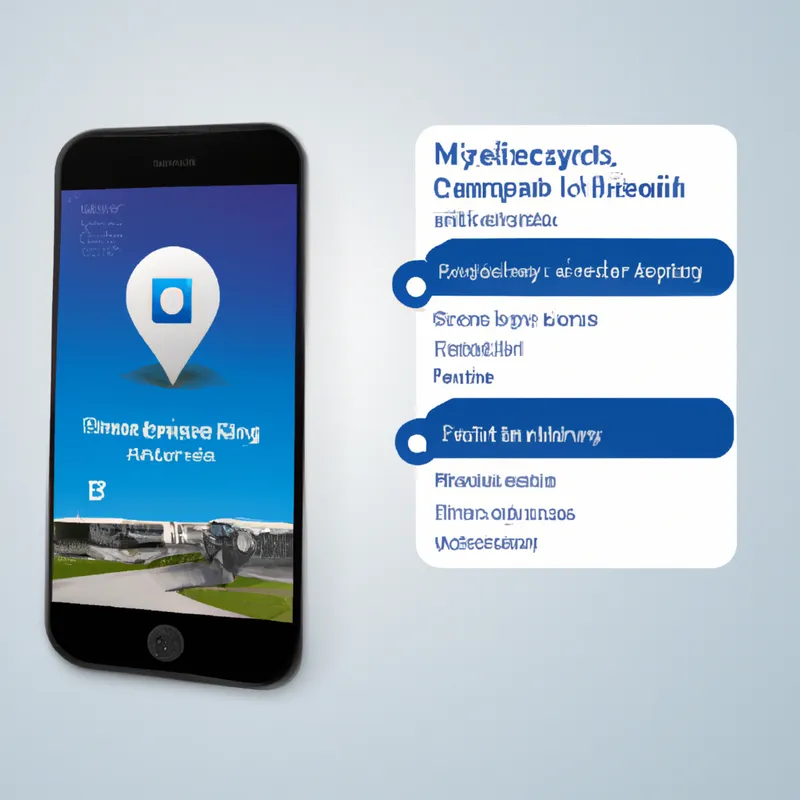Ignite Student Engagement with Compelling Case Studies
Using Case Studies to Enhance Practical Learning in Online Formats
Online learning transforms education by providing flexibility and access to vast resources. However, students often struggle to connect theory to real-world applications. This disconnect hinders comprehension and practical application. Case studies effectively bridge this gap. They present real-world examples, making learning engaging and relevant. This post explores integrating case studies into online formats to enhance practical learning.
Understanding the Role of Case Studies
Case studies offer detailed accounts of real-life situations requiring analysis and decision-making. They involve complex scenarios that challenge students. This method promotes critical thinking, problem-solving, and collaboration—essential skills for today’s job market.
Tips for Integrating Case Studies
Incorporating case studies into online courses requires thoughtful planning. Here are practical tips for effective integration:
1. Choose Relevant Case Studies
Select case studies that closely align with your subject matter. For a marketing course, use recent campaigns from well-known brands. This relevance sparks students’ interest and connects theory to practice. Research current trends and challenges to ensure material resonates with students.
2. Encourage Active Participation
Active engagement enhances learning. Encourage students to discuss and participate in activities related to case studies. Use group discussions, collaborative projects, or role-playing exercises. Active participation builds community and allows students to learn from each other.
3. Utilize Multimedia Elements
Incorporate multimedia elements like videos, podcasts, and infographics to enhance learning. These resources cater to diverse learning styles and make material dynamic. For example, a video summary provides visual context, while an infographic highlights key statistics. Various formats keep students engaged and help them understand complex information.
Strategies for Facilitating Case Study Discussions
After selecting case studies, facilitate meaningful discussions. Consider these effective strategies:
1. Ask Open-Ended Questions
Open-ended questions stimulate critical thinking and deeper analysis. Instead of summarizing, prompt students to evaluate different aspects. Ask questions like, “What alternative strategies could the company have pursued?” or “What ethical considerations arise from this case?”
Conclusion
Integrating case studies into online learning enhances student engagement and helps connect theory to practice.
Below are related products based on this post:
FAQ
What are the benefits of using case studies in online learning?
Case studies bridge the gap between theory and real-world applications, enhancing student engagement and comprehension. They promote critical thinking, problem-solving, and collaboration, which are essential skills in today’s job market.
How can I effectively integrate case studies into my online course?
To integrate case studies effectively, choose relevant examples that align with your subject matter, encourage active participation through discussions and collaborative projects, and utilize multimedia elements like videos and infographics to cater to diverse learning styles.
What strategies can I use to facilitate discussions around case studies?
To facilitate meaningful discussions, ask open-ended questions that encourage critical thinking and deeper analysis. Instead of having students summarize, prompt them to evaluate various aspects of the case, such as alternative strategies or ethical considerations.















Post Comment